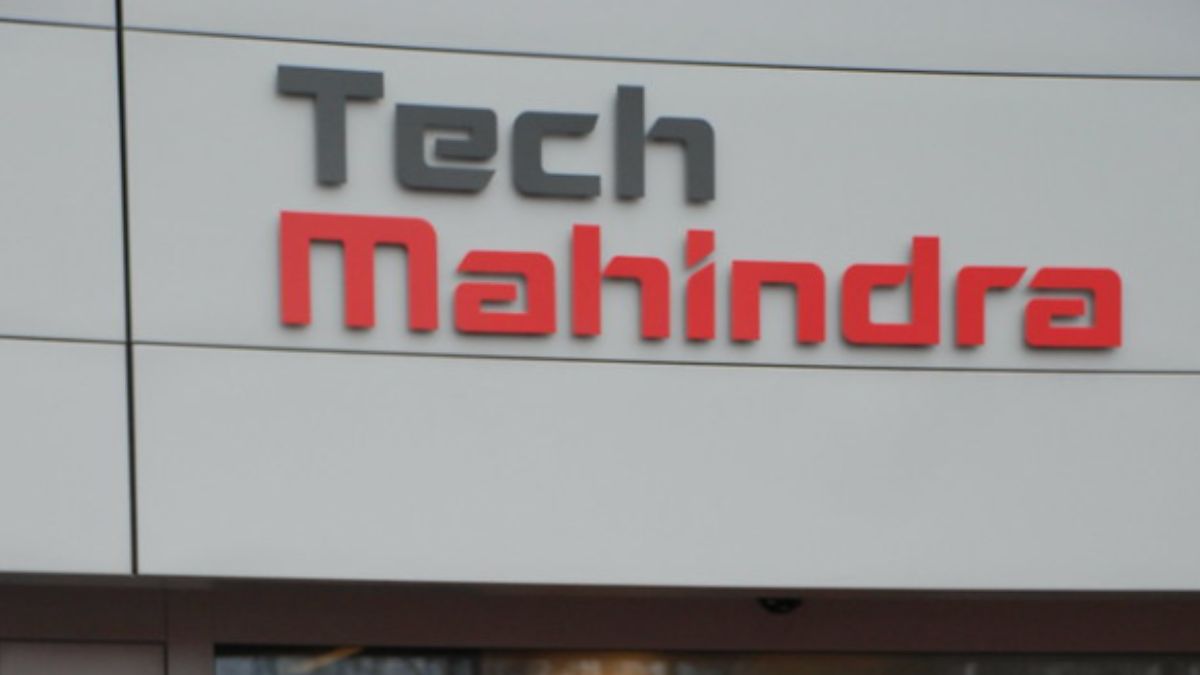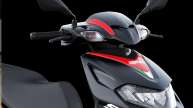With the changing vehicle designs and overall shift in the automobile industry, Mahindra has been planning new powertrain architectures that would slash weight, boost thermal efficiency and Future proof platforms for the upcoming Stringent CAFE norms and other rules and regulations.
Mahindra has been planning a multi-pronged approach that would enable the brand to manufacture cars that would be able to handle the new technological and powertrain changes that are yet to become the norm in the future. Consider this to be a report of the upcoming manufacturing trends that users would be able to witness in the upcoming vehicles.
ICE Powertrains Would Get a Diet
Since battery weight is a significant factor for EV vehicles, Mahindra has innovated to use newer blade cells with 190Wh/Kg energy density, the highest in the segment. The new Cell to Cell pack architecture has helped the brand achieve 141.5 WH/KG at pack level further streamlining the battery manufacturing process for the brand. Mahindra has been able to achieve close to 141.5 WH/Kg at pack level which is the highest in the segment.
Mahindra uses Direct cell to cell packaging design instead of the Cell to Module to pack the batteries achieving better battery dynamics and weight. The brand has further shifted to Aluminum battery covers with laser welded reinforcement to save close to 13-15 kg.
Mahindra Using 3 In One -EDU
Mahindra has made profound headway into developing new electric drive units that feature a three in one system that combines the motor, gearbox, and the inverter in a single Housing. The three in one combined EDU further helps the brand save up on weight and size and aid designers to think out of the box and create newer design features.
To further ensure that the brand is able to incorporate the best in their vehicles, Mahindra has shifted its focus to Aluminum Alloys for its powertrain systems. The brand now seeks to manufacture cylinder heads, cylinder blocks to transmissions with housings and battery enclosures. Reinforced plastics and composites have supplanted metal intake manifolds, and cam covers and are now being explored for oil sumps and large format battery housings.
However materials like Magnesium and High rare earth magnets such as Neodymium pose challenges. Mahindra sees Long Term Potential particularly to reduce dependence on Imported materials.
Platform and Circularity
Mahindra’s INGLO platform that underpins the four to five EVs is central to scaling lightweight components for cost effective production. Such platforms give the brand the ability to scale further, without investing in the development of new platforms. Mahindra has been planning to launch an all new platform called the Freedom Nu that would be unveiled on August 15. Localization and strategic priorities are of profound importance, for improved recycling infrastructure.
EV To ICE
Mahindra plans to use its insights from the development of the latest battery and electric powertrain, and use them for further production. The brand further plans to use new materials, thermal integration and lightweight design that would help advanced bonding and joining techniques. With all such innovations Mahindra engineering has forecasted that systematic weight reduction is no longer just a design goal.
Also Read: From Hyundai Venue To Kia Seltos: New Generation Car Launches Expected By The End Of The Year!











